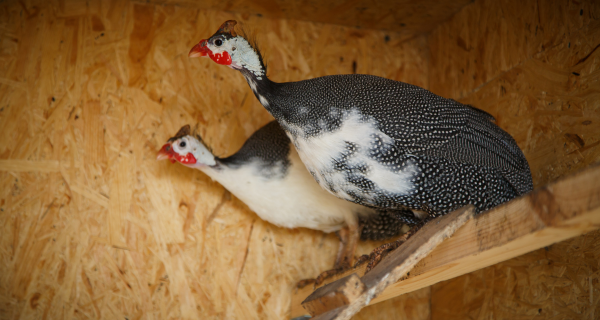

By Dr Harry As published in The Pet Directory
At the age of twelve my father gave to me two pairs of budgerigars. They were a gift for having obtained a scholarship to a selective high school. I can remember them well, tiny yellowish green little things that lived in a large cage under the bedroom window. Even at this young age there was never a doubt that my future lay in some form of animal care and hopefully as a vet. In comparison to the exhibition budgerigar of today they were mere miniatures; half the size, half the colour intensity, but twice the fun. Why? Because they bred like mice! They could manage to fly for a good ten or twenty metres without crashing to the floor and they had the one thing that lacks in the exhibition bird of today. Vigour!

Cinnamon & White Breasted Guinea Fowl.
Great for insect control & detering snakes.
Selectively over the fifty years since I first became involved in animal breeding much has changed. From an exhibition standpoint; size, shape, colour and feather have all become drastically altered. In genetic language though for every gain there is often a loss, and this loss has been in fertility and virility. So my friends when budgies started to bring $3,000 at auctions it was time to get out and into something more practical. Poultry! That means the lot, chooks, ducks, geese, guinea fowl and turkeys! Books and the reading thereof, are the only place to start in a new venture and I was immediately struck by the huge diversity of breeds. Some I had never even heard of, let alone seen. The passion became reality and I built ‘my shed’ with the aim of preserving some of these older breeds. The question every visitor asks is ‘why?’

Dr. Harry Cooper
“There are two answers. One because I like the bird and the challenge to breed it in numbers sufficient enough to ensure its survival and two because locked inside every rare breed are even rarer genes. Incidentally the general public are nothing short of amazed at the different birds.”
We have done amazingly well, since, as visitors from the northern hemisphere we have settled in Australia. Modern man has overseen the demise of in excess of 200 species. Remember the Thylacine (Tassie Tiger)? Once species like this are lost they are lost forever. It is possible to replicate genes, but to make new ones requires a mutation, either natural or through radiation exposure. New genes are not always ‘good’ genes.
We have in the rare breeds of poultry untapped genetic material which just one day may become useful to the poultry industry as a whole. I like to compare the situation with the discovery of new drugs from rare plant and animal species that live in the largely unexplored rainforests. There are threats from every quarter. Consider bird flu, or as I should call it a particularly virulent strain of avian influenza. It may very well be that certain strains of our ‘raries’ may contain an enhanced resistance to the disease and that this genetic material could be introduced to the poultry population as a whole. Resistance to Mareks disease is a classic example. Some flocks are highly prone others majorly resistant. It’s all in the genes.

A Malay Chicken under 10 weeks of age. Malays can grow to around 1 metre tall.
Meat birds in massive broiler houses reach maturity at such a young age they find it impossible to carry their weight if kept alive beyond a certain date. I have been ‘hauled over the coals’ for saying ‘A farm reared chicken tastes better’. It may not be as fat and it may not carry the flesh, it may not grow as fast, but it does taste! With the upsurge of the Isa Brown and other similar laying strains poultry is making a comeback in many suburbs. What a great thing this is. ‘See’ says one old lady to her husband ‘they don’t have to be white to lay eggs’.

Sebastapol Geese
As a vet for over 40 years the need to preserve is imperative, for the as yet unexplored mass of genetic material, particularly in relation to disease resistance and virility. As a layman who has been breeding poultry in a small way for over 25 years (and as my father did before me), I love the birds. The colour, the diversity of size, shape and feathering, the exotic feather patterns and of course the ‘head gear’ of a cockerel in full cry. In this mad, mad world a little time spent admiring the beauty of a bird, be it captive or in the wild, must surely do something for the soul. It does a bloody lot for mine!


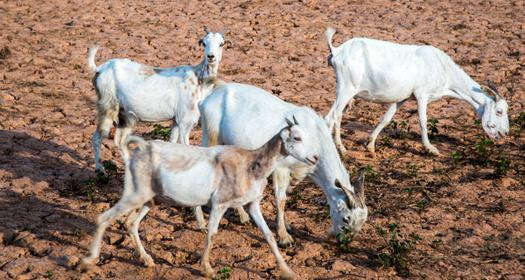
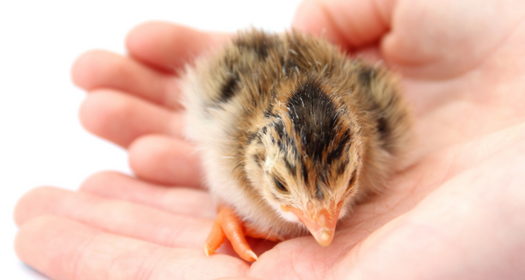
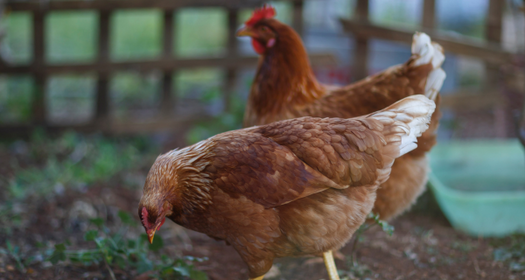
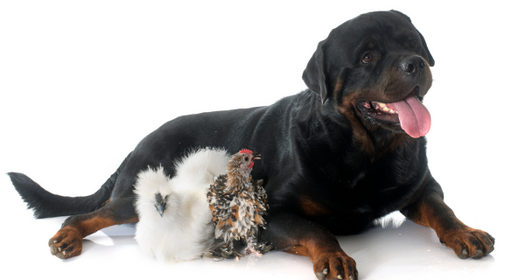
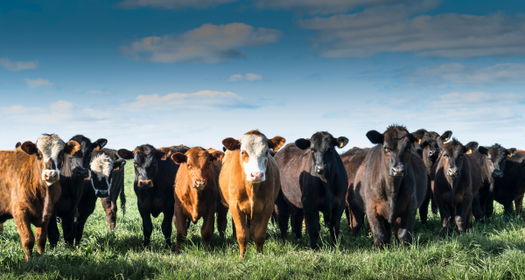




Leave Comment Below